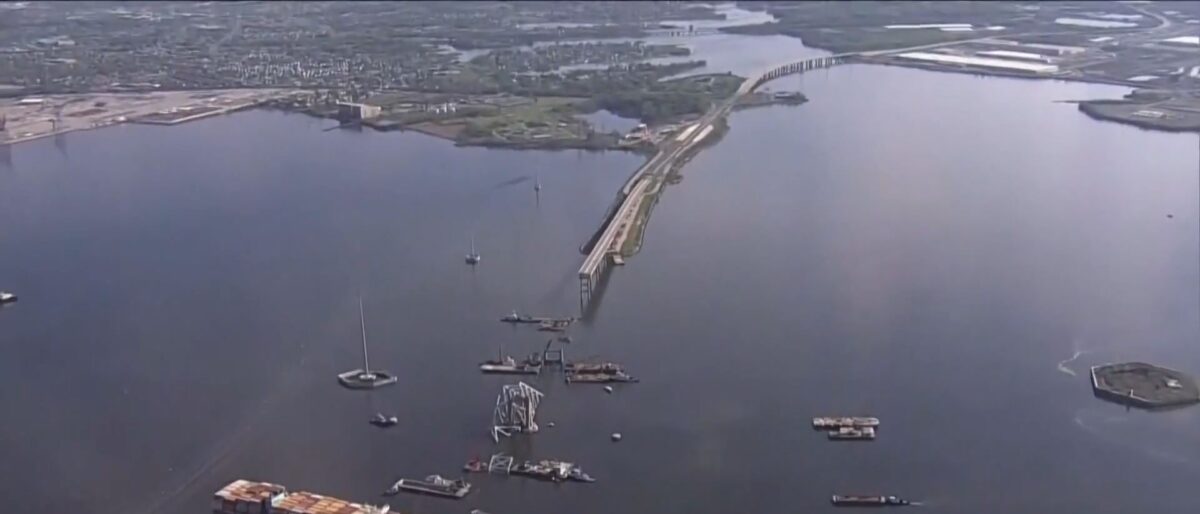New design for Baltimore’s Key Bridge expected to be complete by the end of November

WJZ
By Dennis Valera
Click here for updates on this story
BALTIMORE (WJZ) — The new design for Baltimore’s Francis Scott Key Bridge is expected to be completed by the end of November. Until then, the final completion date and cost are still up in the air.
However, on Wednesday, a team with the Maryland Transportation Authority (MDTA) assured reporters on a tour of the worksite that everyone involved is working at “breakneck” speed — advancing multiple aspects of the rebuild, on top of finalizing the design — to ensure the fall 2028 goal is met.
MDTA Chief Engineer Jim Harkness said in other cases, some teams could have taken years to get to this point.
Harkness said the design is nearly 70% complete, and it’s expected to be done by the end of the month.
Until then, the completion date and final cost tally cannot be finalized.
“We are still working with our contractor; we’re developing the schedule as well as the estimate on the project,” he said.
The design has the bridge’s roadway about 230 feet above the water. It will have two 12-foot lanes in each direction. There will also be a form of protection for the piers.
“There will be six piers that will have this rigid fender constructed around the base, the foundation of the piers,” Harkness said. “At this time, we do not have dolphins for [protection].”
Crews worked to place large tubes, or piles, carefully into the Patapsco River on Wednesday. It’s all a part of the test pile program to build the necessary support for a strong foundation.
Six piles have been installed so far, driven deep into the river bottom. Once the piles are leveled, the aim is to run load tests on them in a few weeks. These tests will determine if the piles can handle 10 million pounds.
These load tests are done to make sure the piles can handle the weight of the new bridge, as well as ensure the foundation design works in the riverbed.
Brian Wolfe, the MDTA’s director of project development, said the river bottom is the one factor the design can’t account for.
“We know it’s hard. We’ve done testing on it,” Wolfe said. “[The load tests are done] to verify how far down do we need to drive these piles into it in order to get the load we need to carry the bridge. That’ll be [what these tests are] verifying.”
The overall demolition process is halfway done, according to MDTA Deputy Director of project development, Jason Stolicny.
The process started in July, with the removal of deck sections on the north and south portions of the bridge.
Some of the material taken from the bridge will be reutilized in the new bridge.
This story was provided to CNN Wire by an affiliate partner and does not contain original CNN reporting.
Please note: This content carries a strict local market embargo. If you share the same market as the contributor of this article, you may not use it on any platform.